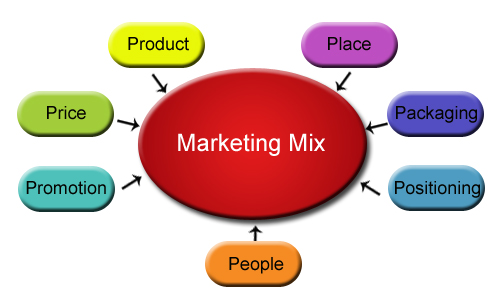Definition of marketing
There are numerous definitions of what marketing represents ... Marketing is conducting business activities that lie on the courses and services from producer to consumer. Activities that are...
Marketing mix and marketing research
Marketing is not only for the purpose of creating an image, but creating reputation among all stakeholders of the enterprise, and through the construction of identity and the implementation of communication activities the company can build an image, and reputation can ...
Marketing concept and tasks of marketing managemen...
Marketing concept is a business concept that finds great application in practice and which will continue to evolve, supplemented and amended in line with changes in the environment in which the companies are operating. Marketing concept
Actors in Micro environment
Success of the operation will depend largely on the efficiency of connection within a certain system. Because of that actors in micro environment are:
Macro environment of the company
n general micro-environment of the company operate a number of factors.
Tuesday, March 12, 2013
Determining marketing objectives in the plan
SWOT - analysis
Short-current planning of marketing
Alternative strategies at BCG-matrix
Depending on whether it will also depend on the strategy that the company should apply in respect of which of them will continue to invest, where to stop investing, to leave. In this regard, the company at the disposal of four strategies:
- Investment in order to increase market share
- Investing as much as necessary to maintain constant market share
- The collection of income
- Leaving
The first strategy is usually applied to question marks, but only those that projected sales volume is large, ie on IE having a chance to become the leading run. If those things do not have the perspective that may become worthless things, then the company should apply a strategy for leaving.
The second strategy of investment in order to maintain market share is applied to cash cow, ie those that generate more cash than is necessary for their manufacture and sale. Excess cash used for financing the leading Test run and things.
The third strategy of collecting revenue is applied to things that are a poor source of cash in an unclear future known as dogs, and also to test things and work out if they have no perspective.
The fourth strategy of leaving apply on dogs, or test things if they do not have the opportunity to develop, whereby funds are moving toward a things that much more promising.
BCG matrix quadrants
Determination of objectives and their characteristics:
Developmental stages of marketing planning
- Phase without a plan
- Stage budgeting
- Phase of the annual planning
- Phase of long-term planning

























